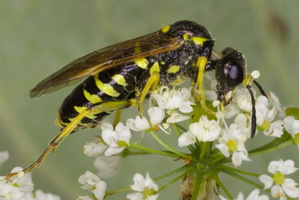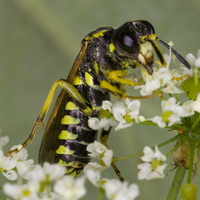- sort orderDefault
Photo title, A → Z
Photo title, Z → A
✔ Date created, new → old
Date created, old → new
Date posted, new → old
Date posted, old → new
Visits, high → low
Random - Google Map
- map
 home / Insecta · vabzdžiai / Hymenoptera · plėviasparniai / Tenthredinidae · tikrieji pjūkleliai / Tenthredo notha · pjūklelis
home / Insecta · vabzdžiai / Hymenoptera · plėviasparniai / Tenthredinidae · tikrieji pjūkleliai / Tenthredo notha · pjūklelis

-
 Tenthredo notha · pjūklelis
Tenthredo notha · pjūklelis
-
 Tenthredo notha · pjūklelis
Tenthredo notha · pjūklelis
-
 Tenthredo notha · pjūklelis
Tenthredo notha · pjūklelis
-
 Tenthredo notha · pjūklelis
Tenthredo notha · pjūklelis
-
 Tenthredo notha · pjūklelis
Tenthredo notha · pjūklelis
-
 Tenthredo notha · pjūklelis
Tenthredo notha · pjūklelis
-
 Tenthredo notha · pjūklelis
Tenthredo notha · pjūklelis
-
 Tenthredo notha · pjūklelis
Tenthredo notha · pjūklelis
-
 Tenthredo notha · pjūklelis
Tenthredo notha · pjūklelis
-
 Tenthredo notha · pjūklelis
Tenthredo notha · pjūklelis
-
 Tenthredo notha · pjūklelis
Tenthredo notha · pjūklelis
-
 Tenthredo notha · pjūklelis
Tenthredo notha · pjūklelis
Tenthredo notha · pjūklelis
- Yellow-sided Clover-sawfly, common sawfly
- pilarz koniczynowiec
https://en.wikipedia.org/wiki/Tenthredo_notha T. notha is widespread and common in grasslands and other legume-rich habitats. This species is very similar to Tenthredo arcuata and Tenthredo brevicornis. The nocturnal larvae mainly feed on clover (Trifolium repens), they overwinter as eonymph, pupating and emerging the following Spring. Adults fly in July and August. They are avid flower-visitors, especially buttercups, umbellifers and thistles, and can carry prodigious amounts of pollen.
The adults grow up to 8–11 mm long. One of four very similar species with narrow greenish-yellow bands across the tergites, the males of which are not considered readily separable. The band across tergite 1 does not become constricted laterally (in contrast to T. arcuata and T. brevicornis) which brings it out with T. schaefferi. In T. notha, the hind tibiae are black apically (brown apically in schaefferi) and the black bands of the tergites peter out laterally leaving the downcurved part of the tergites completely yellow (black bands extending to te very end of teh downcurved part in schaefferi).
Galėjau supainioti su Tenthredo arcuata, Tenthredo brevicornis? http://www.bioimages.org.uk/html/t140006.htm